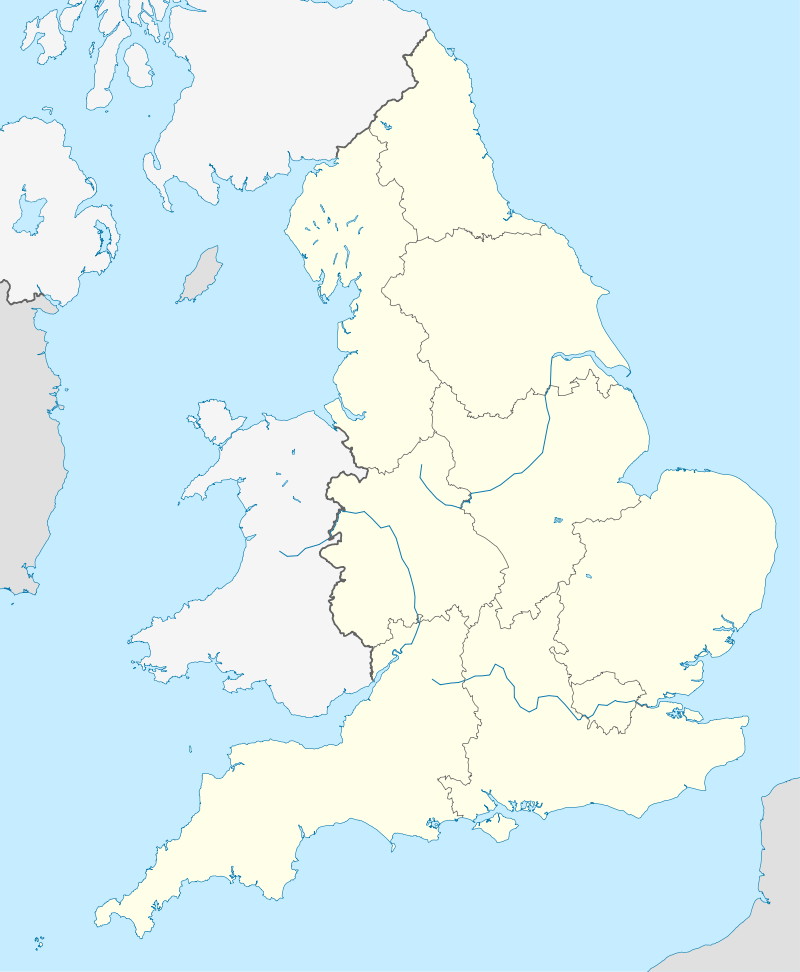Thanet Earth
| Thanet Earth | |
|---|---|
 Thanet Earth | |
| Coordinates | 51°20′57″N 1°17′10″E / 51.3492188°N 1.2861085°E |
Thanet Earth is a large industrial agriculture / plant factory project consortium in the United Kingdom. Located on the Isle of Thanet, in Kent it is the largest greenhouse complex in the UK, covering 90 hectares, or 220 acres (0.89 km2) of land.[1] The glasshouses produce approximately 225 million tomatoes, 16 million peppers and 13 million cucumbers a year, equal to roughly 12, 11 and 8 per cent respectively of Britain’s entire annual production of those salad ingredients.[1][2] Thanet Earth's main customers are Asda, Sainsbury’s, Tesco, M&S and agency HRGO[3]
Food production
The complex began producing in October 2008. Cucumbers and peppers are picked continuously from February to October, tomatoes harvested every day of the week, 52 weeks a year.[1] The UK's largest privately owned fresh produce supplier, Fresca Group Ltd, has a 50% stake in the trading business that sells all the crops grown at the site, Thanet Earth Marketing Limited. The remaining 50% of Thanet Earth Marketing Limited is owned by three salad growing specialist companies who each own and operate a glasshouse at the site – Kaaij Greenhouses UK, Rainbow Growers and a six hectare glasshouse owned by A&A.[4][5] Planning permission exists for a further 4 greenhouses on the site, making 7 in total, in time for planting vine tomatoes in January 2013 they built an additional 8 ha of greenhouses[6]
Power
The complex is powered by combined heat and power systems that create heat, power and carbon dioxide (which is absorbed by the plants) for the greenhouses. Through a partnership with a Virtual power plant they also export their excess power to the grid and automatically add extra power to the grid at times of peak demand.[7]
Controversies
Although the project has received mainly positive reviews from people living near the site, due to job creation and greater food security, there are minor concerns over the change in local scenery and the loss of traditional farming practices. There are also concerns about the use of hydroponics producing less flavoursome produce.[8]
Light Pollution
In 2013 it was reported during misty nights the lit glasshouses were a source of light pollution in the form "a clearly visible night glow". The company were quoted "For ventilation purposes we have to leave tiny gaps where the blinds meet. Even when the blinds are fully closed we estimate that approximately 2 per cent of area is uncovered."[9]
Media
As the first of its kind in the UK, the Thanet Earth project received minor, but national coverage.[1][8][10] The Daily Mail noticeably failed to identify the heating plant as a local power plant foremost, with waste heat being used to warm the greenhouses (combined heat and power)[8]
See also
External links
References
- 1 2 3 4 Addley, Esther (2008-06-11). "Welcome to Thanet Earth: is this a taste of future for UK agriculture?". London: guardian.co.uk. Retrieved 2009-05-11.
- ↑ Fletcher, Martin (2013-09-20). "Thanet Earth: the farm of the future". The Daily Telegraph. London.
- ↑ "Unite plan a week of action against Thanet Earth". Thanet Star. Retrieved 12 October 2014.
- ↑ "Thanet Earth again claims earliest UK cucumbers in supermarkets". Retrieved 12 October 2014.
- ↑ "about us". Retrieved 2009-05-11.
- ↑ "Bom Group :: Welcome". Retrieved 12 October 2014.
- ↑ "Flexitricity". Retrieved 12 October 2014.
- 1 2 3 Derbyshire, David. "Welcome to Thanet Earth: The biggest greenhouse in Britain unveiled". Daily Mail. London.
- ↑ "Thanet Earth explains "eerie yellow skies" over glasshouse site". Retrieved 12 October 2014.
- ↑ Asthana, Anushka; Sherman, Jill. The Times. London http://www.timesonline.co.uk/tol/sitesearch.do?x=0&y=0&query=thanet&turnOffGoogleAds=false&submitStatus=searchFormSubmitted&mode=simple§ionId=5721. Retrieved 2010-03-27. Missing or empty
|title=(help)
